How to choose a wireless microphone
 Aug 23,2024
Aug 23,2024

 Shuoyi
Shuoyi
1.The technical background of the manufacturer determines the quality of the product
2.A good wireless microphone should have the following excellent characteristics
(1). The appearance has a design that conforms to ergonomics and aesthetic principles
(2). Handheld microphones should adopt advanced hidden antenna design
(3). To assemble a high-quality sound head
(4). The microphone should have the superior feature of low touch noise
(5). It has the function of eliminating sound interruption or instability
(6). It has the function of preventing noise and loud noise caused by interference during standby
(7). It has the function of using multiple channels without interfering with each other
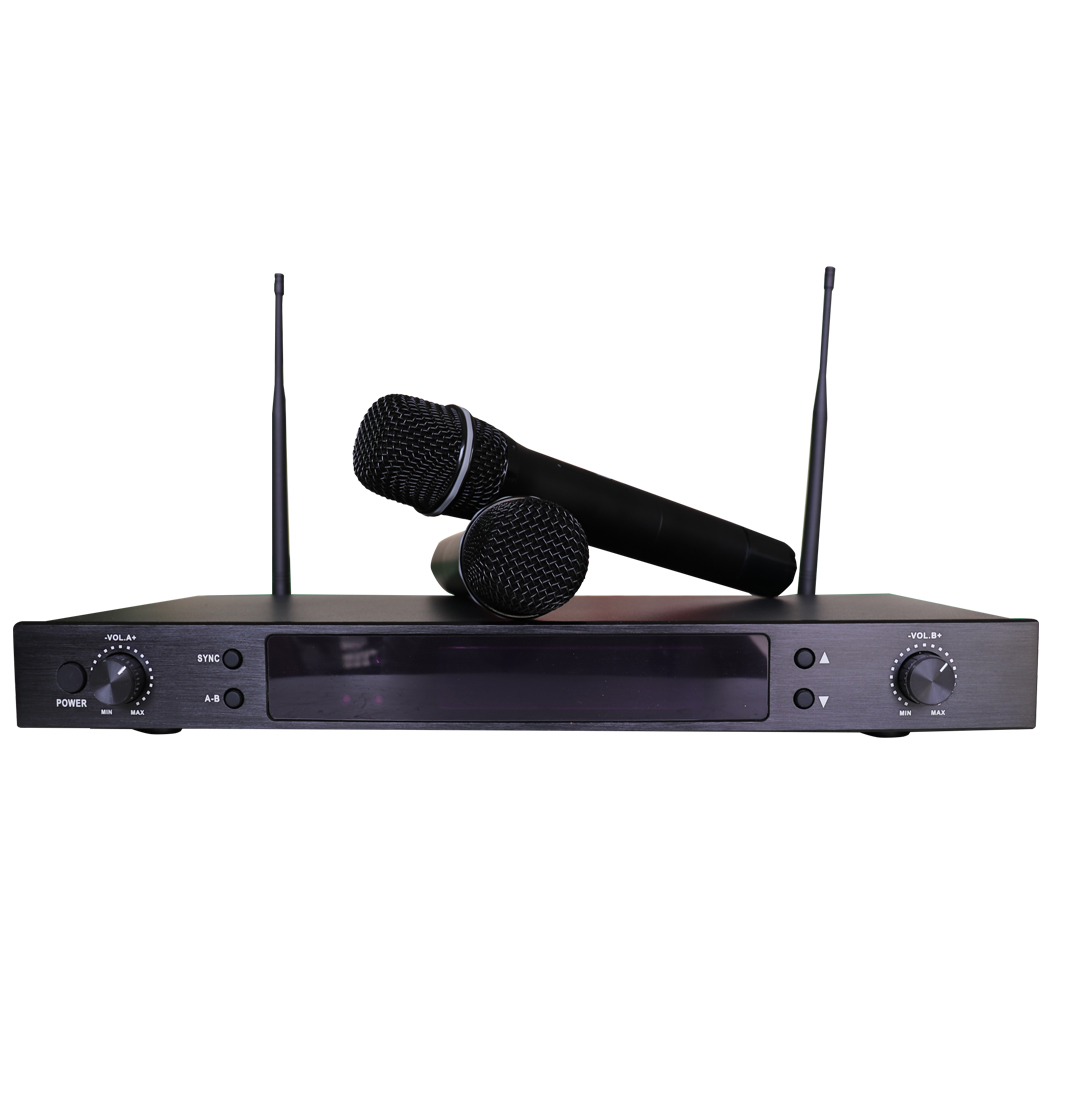
1.The technical background of the manufacturer determines the quality of the product
Wireless microphone products are products designed by combining audio and wireless communication technology, and are completely different from the technology and equipment used to manufacture wired microphones. Therefore, wired microphone manufacturers who also manufacture microphones may not necessarily be able to manufacture wireless microphones, and manufacturers of wireless communication products may not necessarily be able to manufacture good wireless microphones. Only manufacturers with long-term professional audio technology and wireless high-frequency technology background can manufacture excellent wireless microphones. Only manufacturers with long-term professional audio technology and wireless high-frequency technology background can manufacture excellent wireless microphones. A few years ago, SHURE, a famous manufacturer of wired microphones, often advertised that its wireless microphone could be as good as its wired microphone SM-58, which was misleading to consumers! Because the biggest difference between wireless microphone products and other wired products is that their performance is closely affected by environmental conditions, a high-quality wireless microphone cannot be designed in the laboratory in the short term. It also needs to be used in various different environments with the user for a long time, feedback the gains and losses to the design engineer, and then continuously improve through research and development to create a truly perfect product. So when choosing excellent wireless microphone products, it is necessary to choose those with professional technical background and long-term manufacturing experience.
2.A good wireless microphone should have the following excellent characteristics
(1). The appearance has a design that conforms to ergonomics and aesthetic principles:
The body of a handheld wireless microphone must have a size and beautiful shape suitable for palm grip. Generally, traditional tube bodies are bamboo tubes or trapezoids, which not only lack aesthetics but are also not suitable for palm grip, especially for users who are prone to sweating, and are not easy to grip and slip off. The most suitable shape for holding is the double inner curve shape with a smaller diameter in the middle than the two ends.
(2). Handheld microphones should adopt advanced hidden antenna design:
The biggest difference between humans and monkeys is that they don't have that tail. Early wireless microphones had an external antenna at the end, but advanced wireless microphones overcame technical difficulties and no longer used outdated external designs. Instead, they adopted the most perfect hidden antenna design, giving wireless microphones the advantages of easy use, safety, aesthetics, and no breakage or malfunction.
(3). To assemble a high-quality sound head:
The quality of the sound head determines the first level of wireless microphone sound quality. There are two types of sound heads: dynamic coil type and capacitive type. Dynamic coil type uses a coil loaded on a vibrating membrane to convert sound energy into electrical signals in a high-density magnetic field. There is a certain limit to the voice coil characteristics of this type of sound head. But basically, the structure is simple and the price is cheap, making it the most popular model on the market. A condenser microphone is a microphone that combines advanced electronic and structural technologies. Its sound is produced by utilizing the variation of inter electrode capacitance and using an ultra-thin gold-plated diaphragm to directly convert sound into electrical signals. The main feature of advanced condenser microphones is the ability to display extremely clear original sound quality, with a wide and flat high and low frequency response, high sensitivity, large directionality and dynamic range, low distortion rate, lightweight and drop resistant, and low touch noise. Currently, they are widely used in professional equipment such as recording studios, professional stages, and testing instruments. The only drawback is the need to provide Phantom Power bias, but because wireless microphones themselves have power supply, capacitive heads are the best combination for wireless microphones, allowing all advantages to be fully utilized in wireless microphones. Currently, MIPRO wireless microphones in Taiwan are the only products equipped with advanced capacitive heads.
(4). The microphone should have the superior feature of low touch noise:
Handheld wireless microphones generate touch noise due to friction with the palm during use, which affects normal sound quality. Especially with the sensitive preamplifier of the wireless microphone itself, this touch noise is more severe and has become a technical bottleneck. Due to the lack of professional design experience and the need to reduce manufacturing costs, ordinary wireless microphones use simple circuits, inexpensive acoustic heads, suspension designs with poor shock absorption, and inexpensive tube surface treatments. Therefore, the unclear sound quality cannot overcome the significant touch noise of the microphone, which deteriorates the original sound. Therefore, when choosing high-quality wireless microphones, special attention must be paid to selecting those with extremely clear sound quality and ultra-low touch noise characteristics.
(5). It has the function of eliminating sound interruption or instability:
The signal emitted by wireless microphones is attracted and reflected by the surrounding environment, resulting in blind spots in the signal received by the receiving antenna, causing interruption or instability of the output sound. This phenomenon is particularly unacceptable in professional settings. To address this drawback, only by adopting the most advanced automatic selection and reception system can the most perfect effect be achieved. The generally popular cheap dual channel receivers on the market do not have this automatic message selection and reception function, and cannot avoid the above disadvantages, so they can only be used in short distance home karaoke situations. In professional settings or for users who value audio quality, it is necessary to choose models with automatic selection and reception systems to meet the requirements of sound quality and achieve perfect performances.
(6). It has the function of preventing noise and loud noise caused by interference during standby:
Most receivers have a Squelch Control function. When the power is turned on and there is no microphone signal input or the signal strength is below a certain signal-to-noise ratio, the mute control circuit will turn off the output circuit, and the main receiver will be completely muted to prevent noise output. When the microphone signal is turned on, the receiver immediately turns off the mute circuit and turns on the output circuit, allowing the audio circuit to output the sound of the microphone. But at the moment when the microphone power is turned on and off, or when the microphone signal is turned off, occasionally encountering signal interference above the mute control strength, the receiver mute circuit will also be activated by these impact noise and interference noise to output a loud noise. To address this deficiency, advanced models are equipped with a so-called sound lock mute circuit to suppress it. The principle is to add a fixed ultrasonic frequency modulation signal to the transmitted signal of the microphone: at the same time, a discriminator is also installed inside the receiver. In this way, the receiver must receive a microphone signal containing this fixed ultrasonic frequency modulation signal before it can start the output circuit, achieving the function of preventing interference from other signals or noise. In order to protect your valuable audio system from damage caused by loud noise, it is necessary to choose a model with sound code lock mute function.
(7). It has the function of using multiple channels without interfering with each other:
The biggest technical bottleneck in the use of wireless microphones is the problem of signal interference, especially the more frequencies used, the more serious the interference problem becomes. Therefore, when using multiple wireless microphones at the same location, interference should be avoided. In addition to carefully selecting frequencies that do not interfere with each other physically and avoiding adjacent external signal interference, the receiver should have excellent selectivity, and the emitted and received radiation harmonics should be filtered out very cleanly to avoid mutual interference of signals. Generally, receivers in the VHF frequency band can use up to 12 frequencies simultaneously, which is already quite good. However, Taiwan's MIPRO products can achieve the simultaneous use of 24 frequencies without interference, and even under specific environmental conditions, with special design and arrangement, more frequencies can be used simultaneously.
(8). To solve the problem of simultaneous use of multiple channels and avoid interference, multi-channel series models with digital locking that can change frequencies should be selected:
The traditional wireless microphone system adopts a quartz locked fixed frequency design. In situations where multi-channel use is required or strong signal interference is encountered, the desired frequency cannot be changed arbitrarily, and the entire device must be replaced. In order to address this deficiency, advanced models adopt the PLL Synthesized method, which pre stores dozens of frequencies in the transmitter and receiver for users to freely change. Although this advanced design has a high cost, it provides very convenient functions for distributors and users, completely solving the above deficiency. Taiwan already has MIPRO Energy Products, a complete series of products with the most advanced design and reasonable price.
(9). Avoid frequency; Traffic congestion; Or signal interference, products with digital locked UHF channel system should be selected:
Due to the excessive use of wireless microphones in the VHF200MHz frequency band, the problem of signal interference and various electrical noise interference has become increasingly serious. Therefore, the frequency of professional grade wireless microphones has gradually increased to the UHF frequency band of 800MHz, and a PLL phase locking circuit has been adopted. The preset multi-channel can be switched freely to avoid interference from other signals and general electrical noise, achieving the best usage effect. Due to the complex circuit design and precision of high-frequency components used in the UHF frequency band, the current price is still high and there are few manufacturers in mass production. However, UHF models are the best choice for professional quality and have gradually become a popular trend in the future.
Collection and evaluation of data
The most basic sources of information for purchasing products are catalogs provided by manufacturers and advertisements in magazines. However, small manufacturers with incomplete equipment are generally unable to provide accurate values, making it difficult for consumers to understand, analyze, and compare from catalogs. Some manufacturers use catalogs and advertisements to exaggerate facts and mislead consumers' psychology. But quality is not spoken out, it is manufactured. In today's information age, smart consumers can obtain accurate quality evaluations by analyzing, testing, and comparing the actual products of manufacturers in detail.
conclusion
Choosing a wireless microphone product that suits your needs and satisfies you after use, in addition to understanding the above reference principles, the real action is to collect more relevant information and conduct actual listening comparisons in order to buy a product that is worth the price. However, technological products are constantly evolving with new features. If you want to purchase a new product, you should choose the most advanced models available today. Even if the price is a bit expensive, there is no need to hesitate. Advanced products that are superior to others are worth your priority!

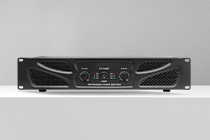
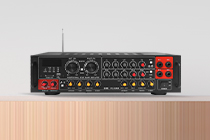
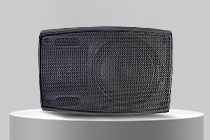


 Home
Home What is professional audio
What is professional audio  You May Also Like
You May Also Like
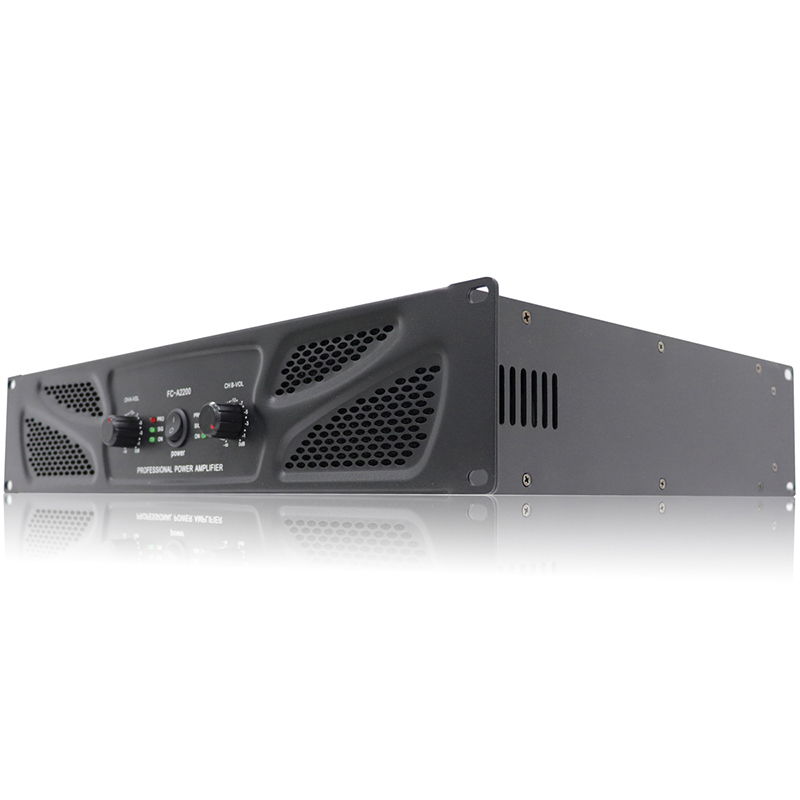

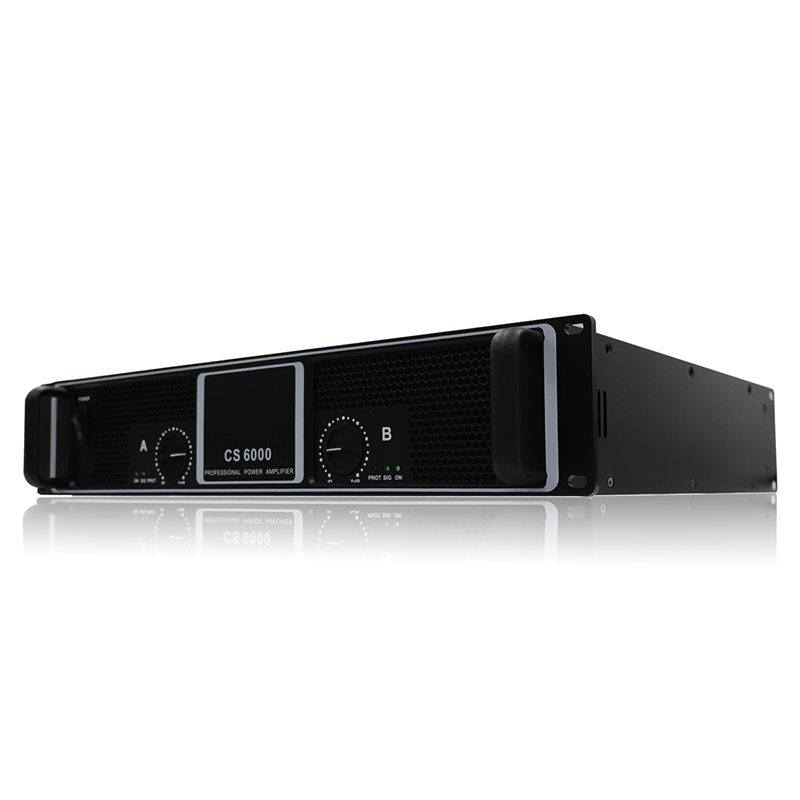
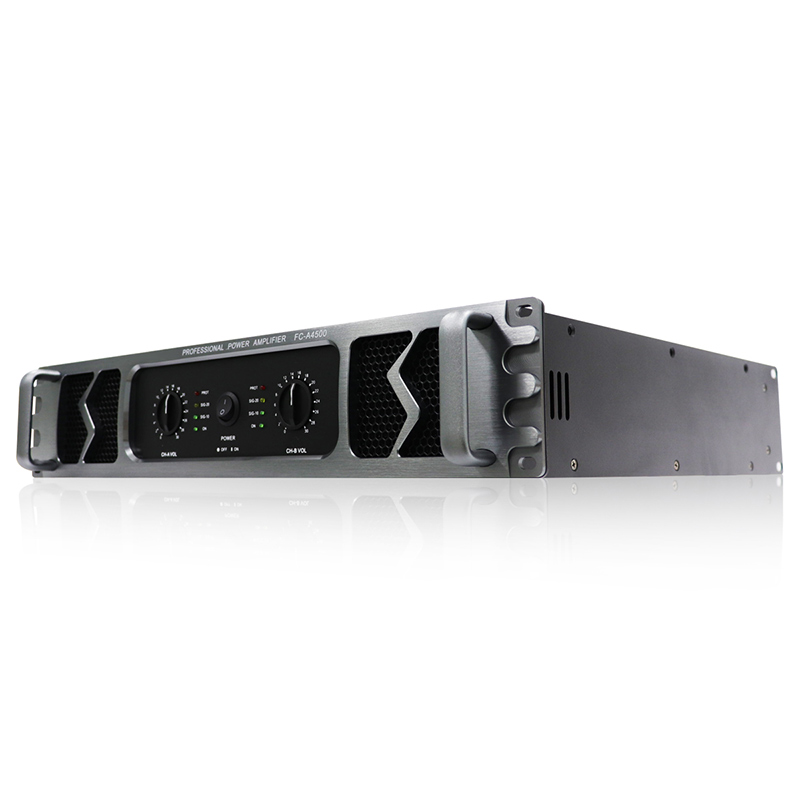
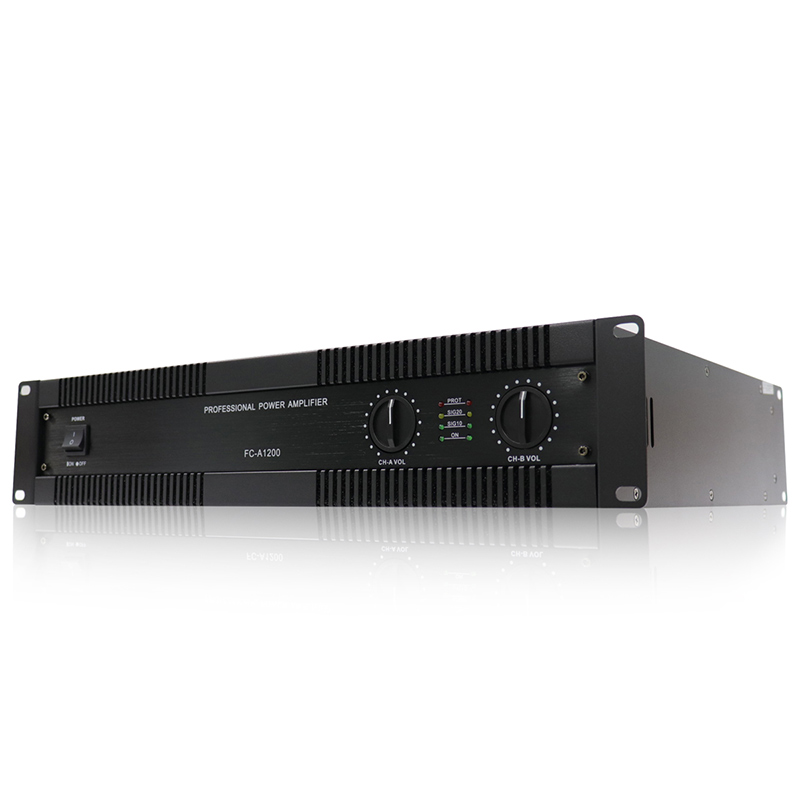
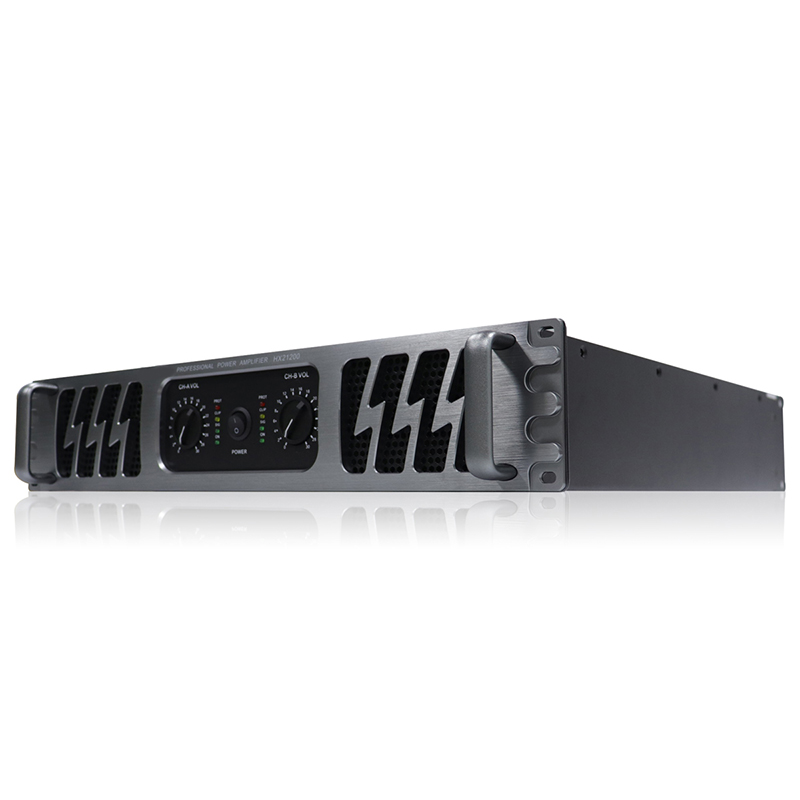
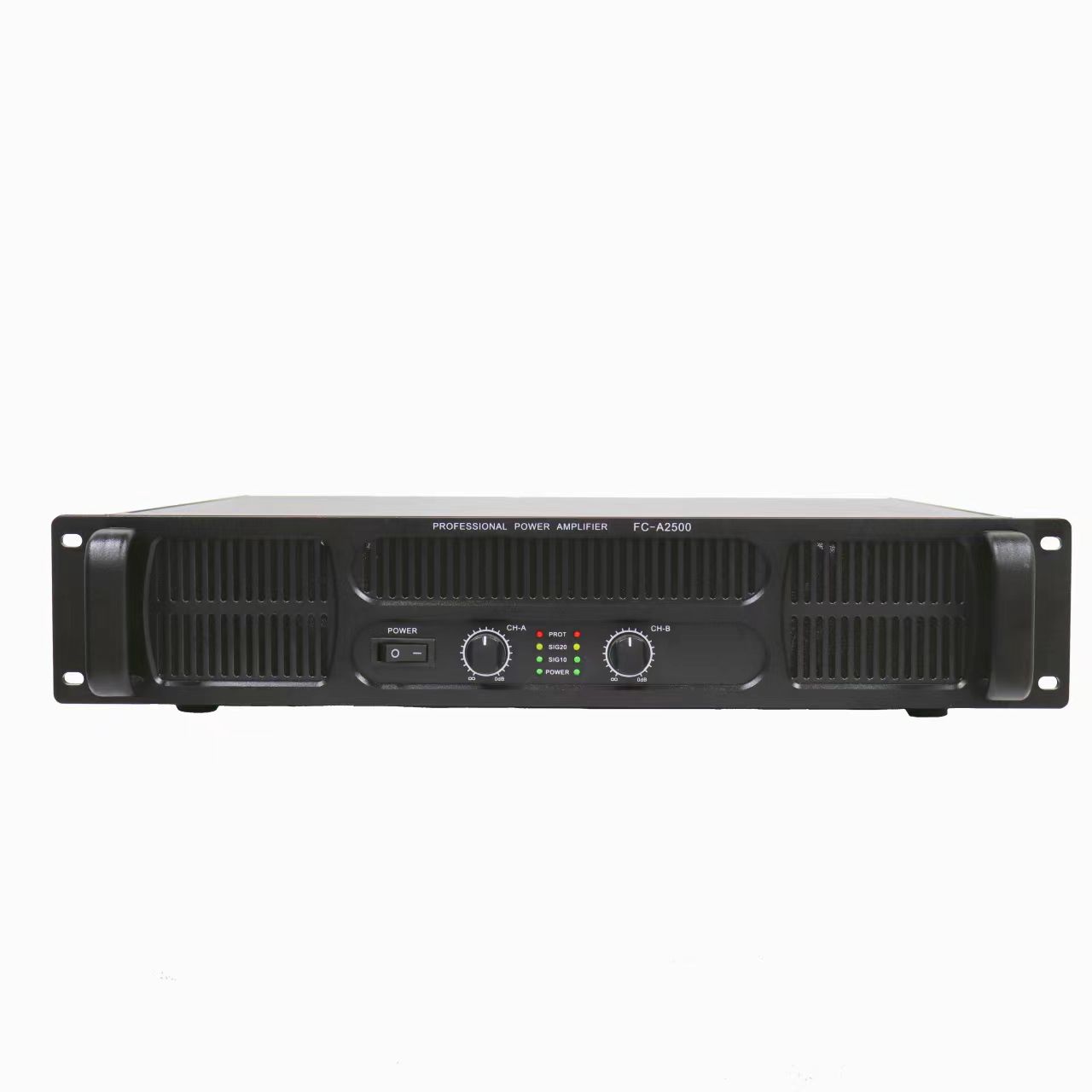
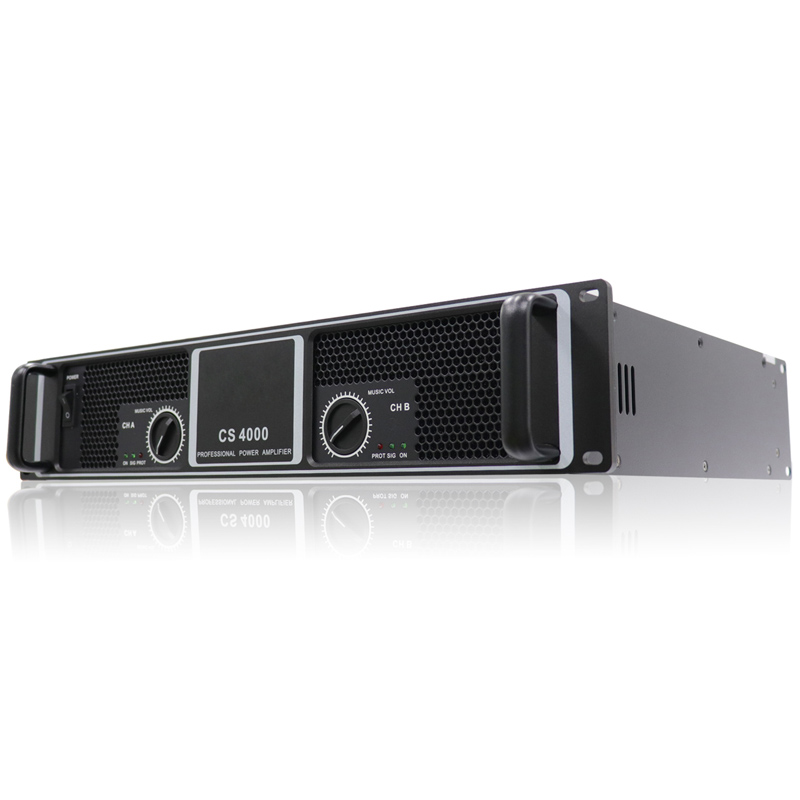
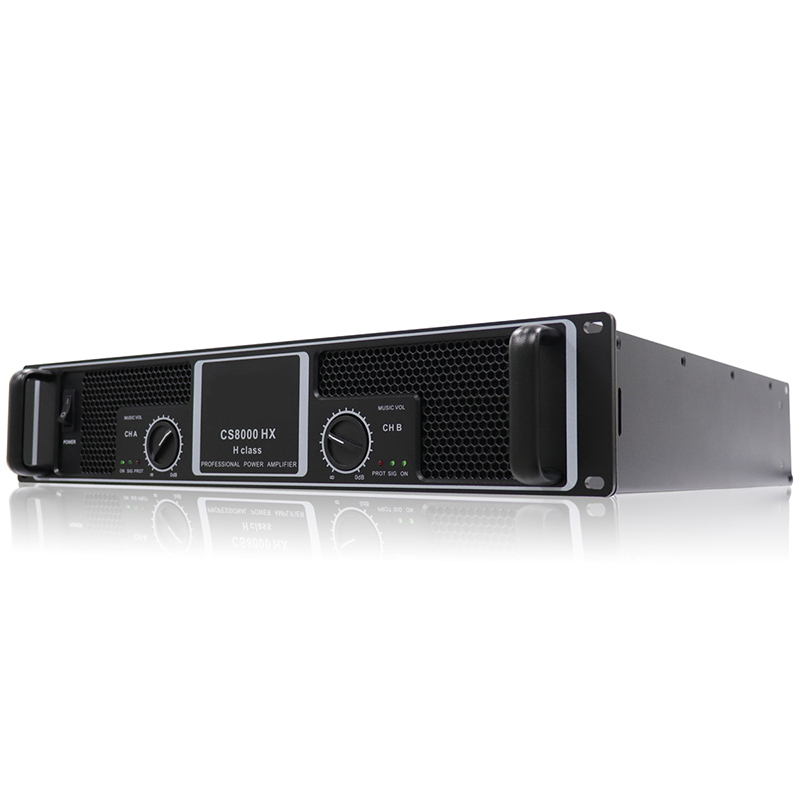

 Tel
Tel
 Email
Email
 Address
Address











